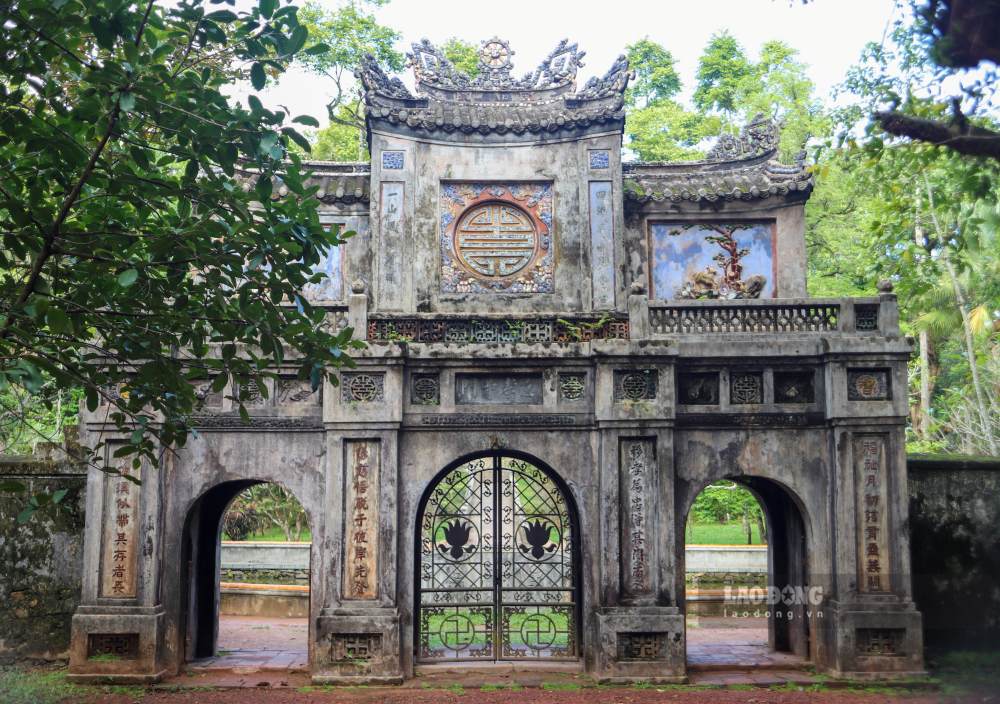
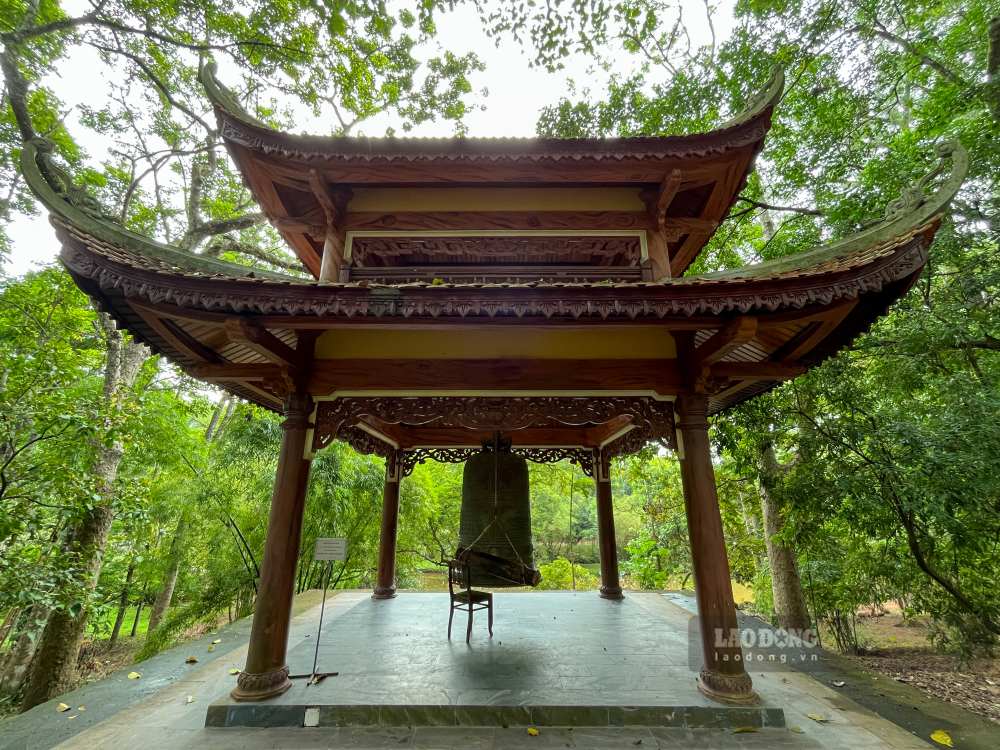
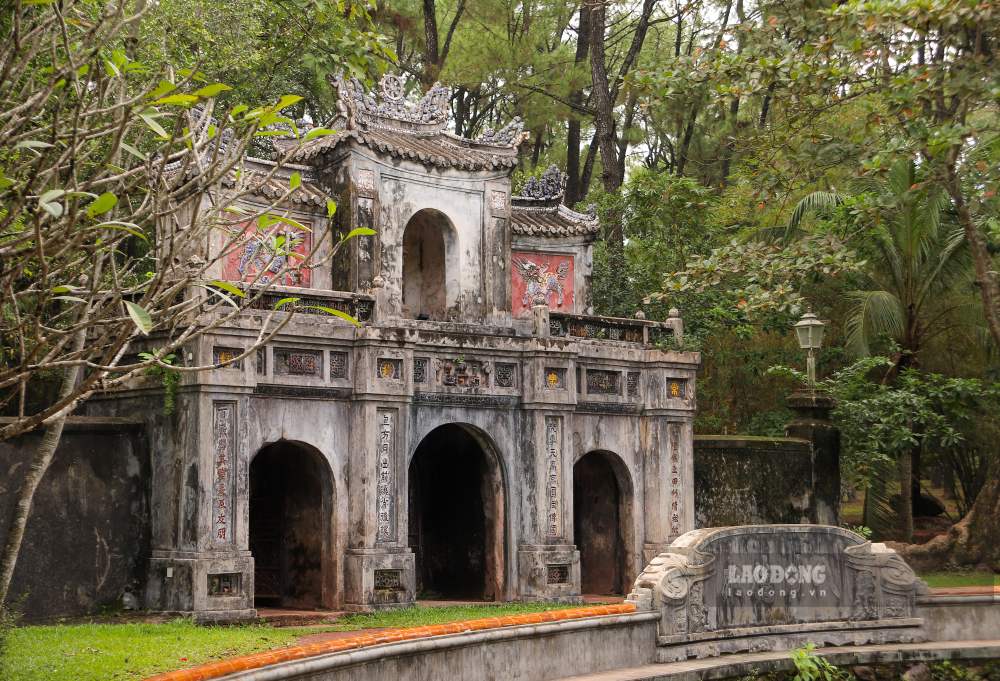
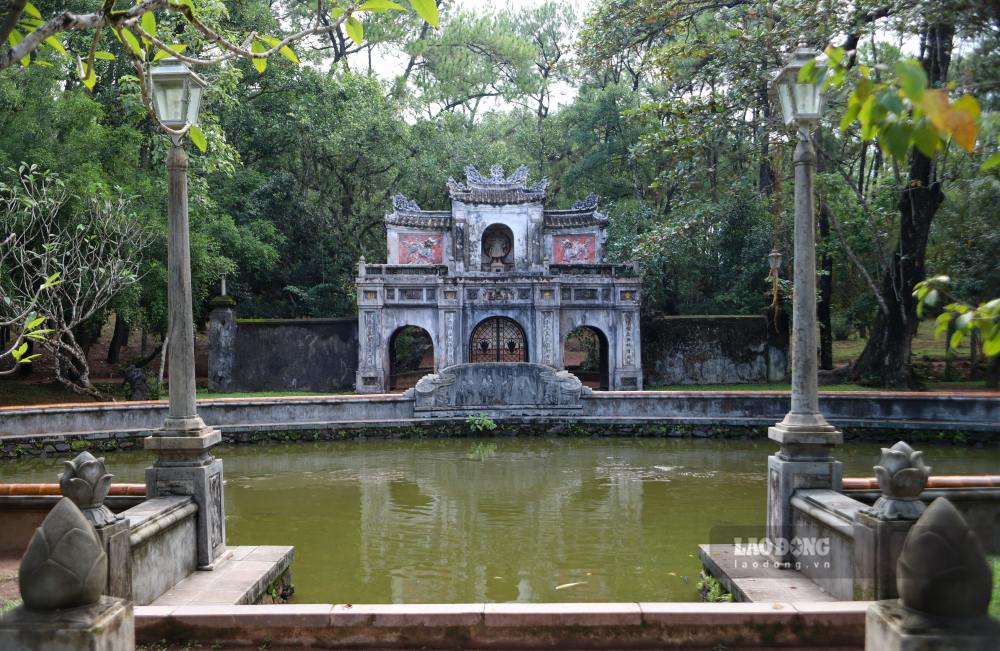
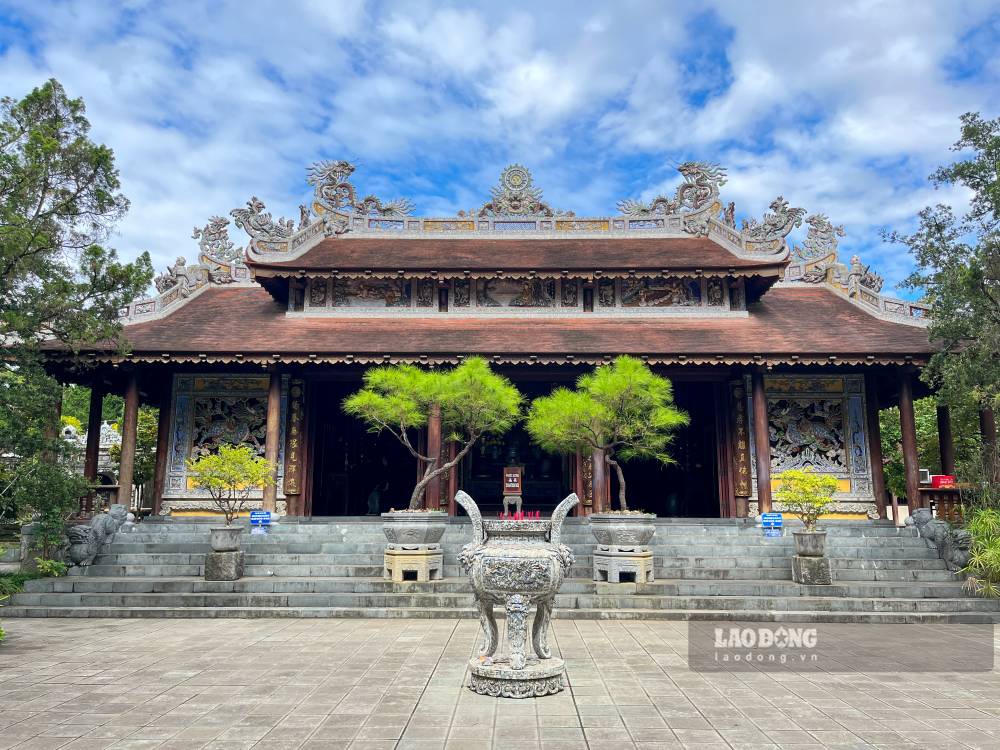
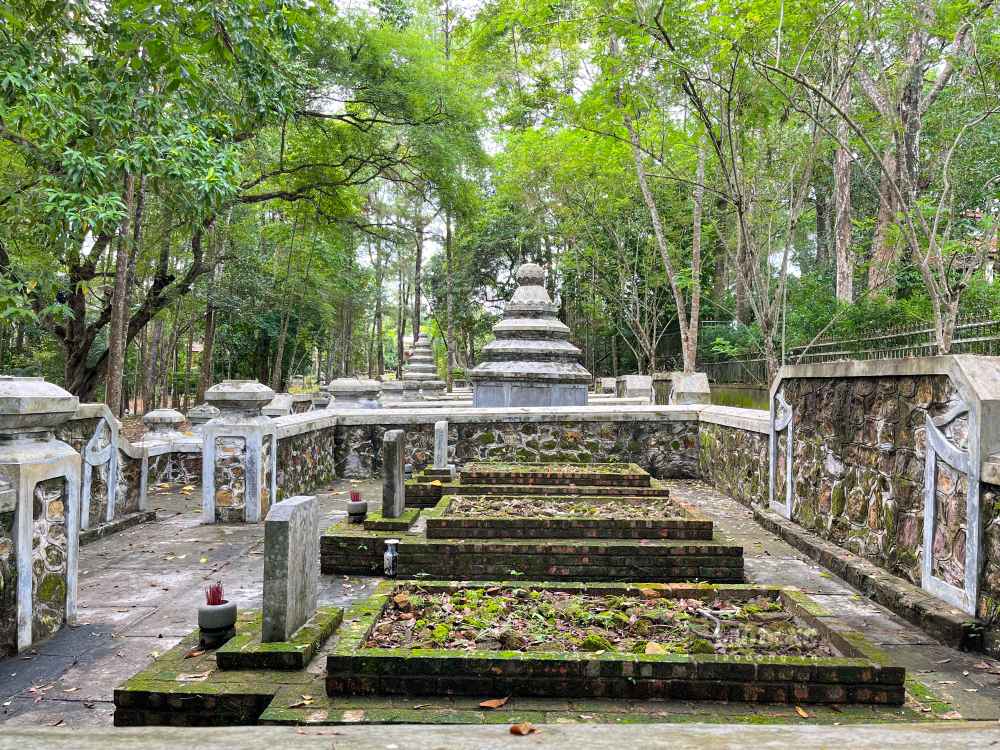
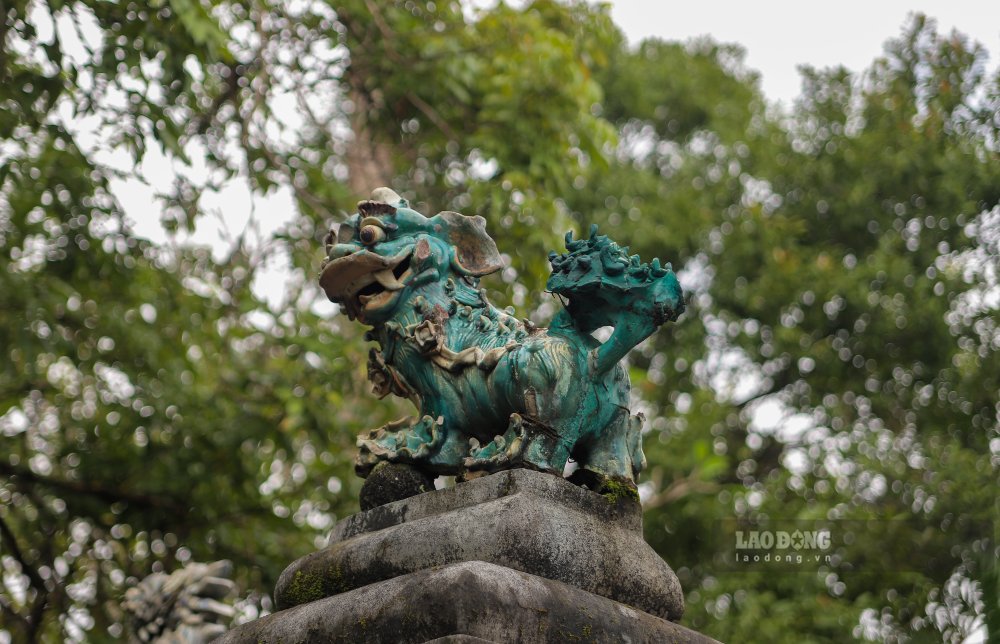
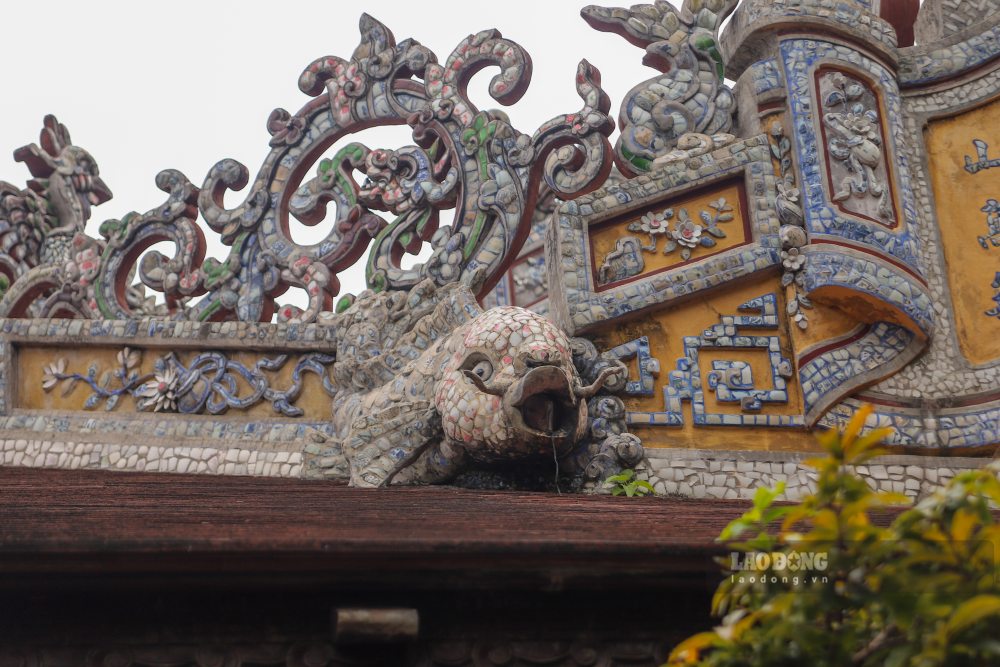
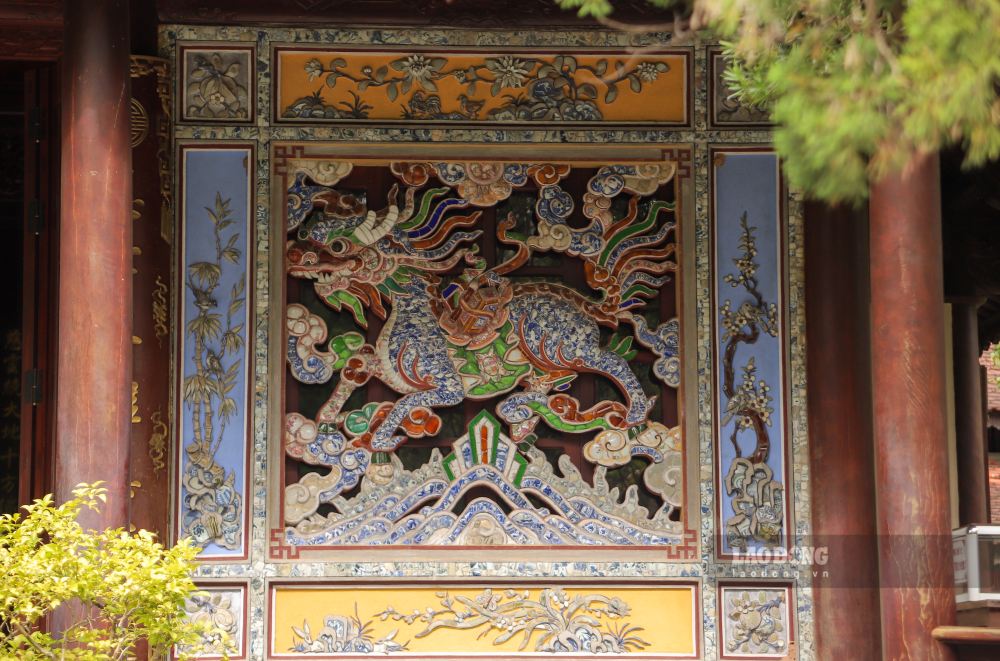
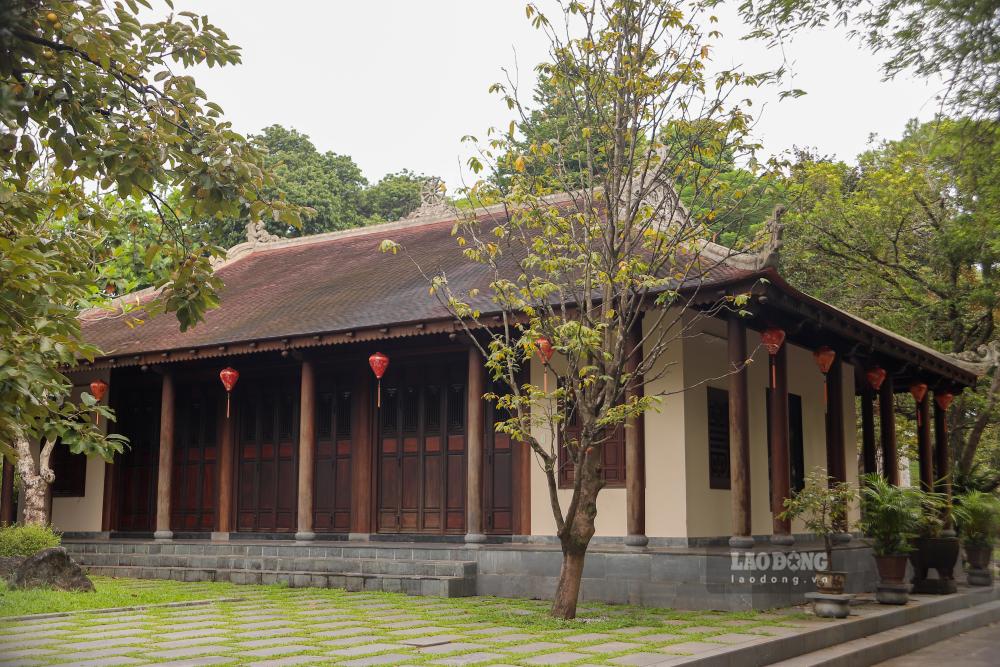
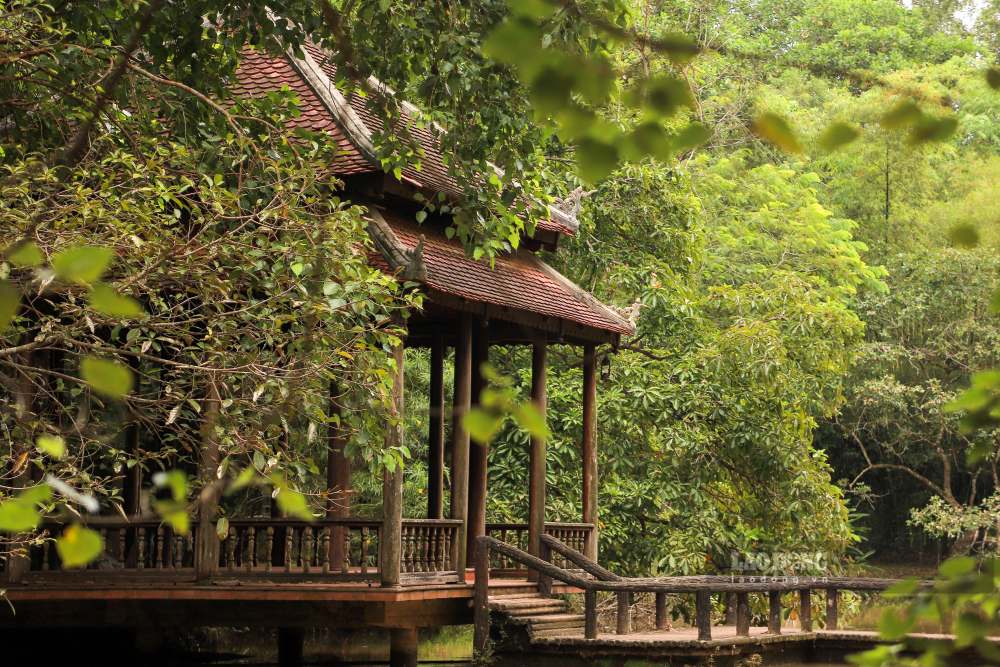
TRƯƠNG QUÂN - NGUYỄN LUÂN |
HUE - Not only an old pagoda, Tu Hieu communal house is also an attractive place for tourists from all over to explore and learn about Buddhist culture.











|
Dak Lak - Khai Doan is the first pagoda of a Buddhist organization during the Vietnam Buddhist scene in the Central Highlands.
|
Coming to Bac Ninh, visitors will admire pagodas with beautiful ancient architecture and feel the peace and security of the soul.
|
Ninh Binh - Co Le Pagoda located in Co Le commune has existed for hundreds of years, possessing unique Buddhist architecture.
Lam Hải (Ảnh: Đặng Thành Nam) |
Dak Lak - Khai Doan is the first pagoda of a Buddhist organization during the Vietnam Buddhist scene in the Central Highlands.
Linh Boo |
Coming to Bac Ninh, visitors will admire pagodas with beautiful ancient architecture and feel the peace and security of the soul.
Hà Vi |
Ninh Binh - Co Le Pagoda located in Co Le commune has existed for hundreds of years, possessing unique Buddhist architecture.